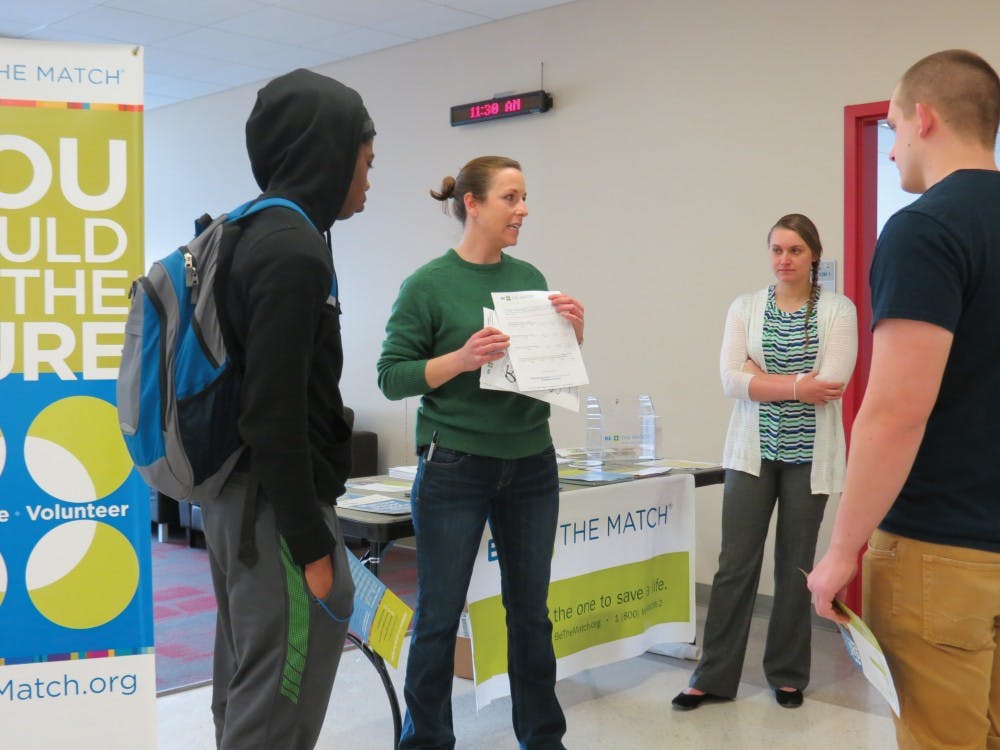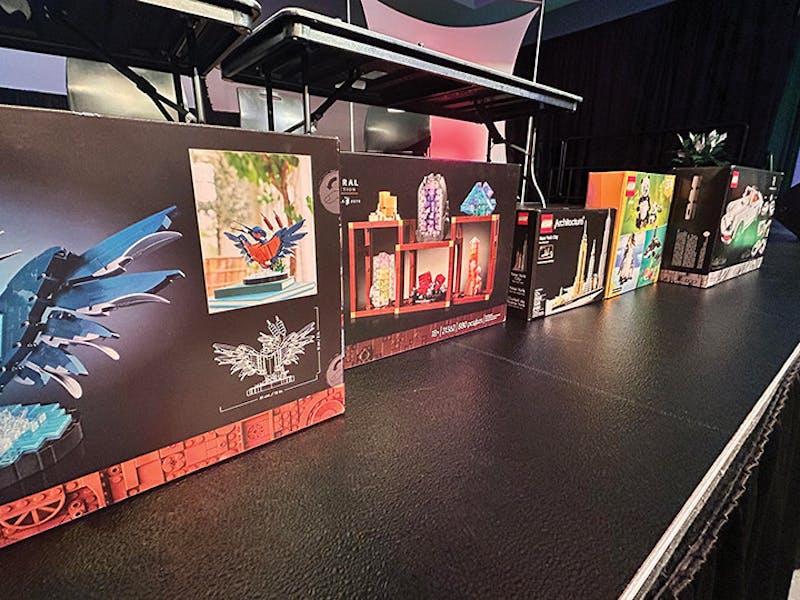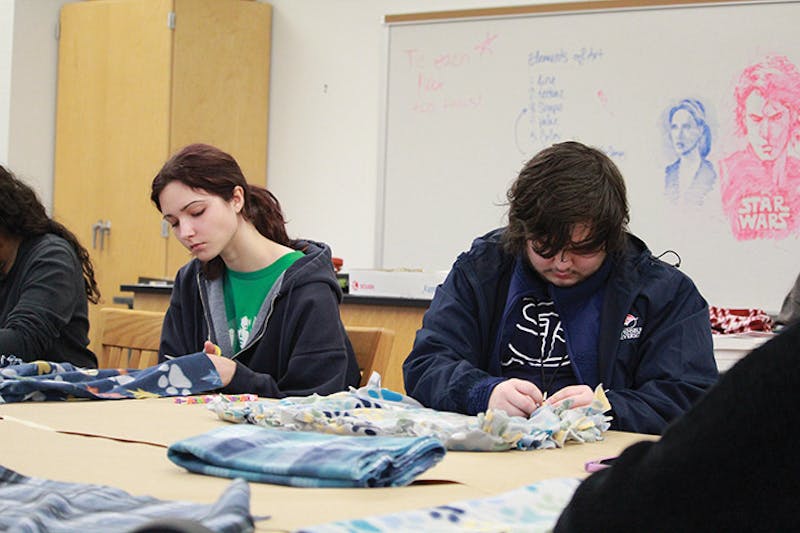Students filled out life-saving paperwork for an organization that links patients who need bone marrow with matching donors within its registry on Thursday in the Ceddia Union Building for Be the Match bone marrow drive.
Students were registering with Be the Match and giving a cotton swab swiped with cells from the inside of their cheek. Once registered, it could be years before a registered donor is called and asked to donate, said Amee Haskew Community and Engagement Representative for Be the Match.
“It’s possible you’re the only match in the world for this patient,” Haskew said of the importance to donate and commit to that promise.
While explaining the procedures to a small group of students, Haskew emphasized the importance of commitment in registering to be a bone marrow donor, a commitment that needs to last until they are 61, which is when people are taken off the registry.
Sometimes people register, but then refuse to donate when they get the call asking for their bone marrow. Because it costs $100 to register each person, Be the Match tries to ensure that people are committed to donating.
“I came because I’m an organ donor, and I want to help with all that when I can,” senior Dana Crumrine said.
The procedure itself can be done in one of two ways. The easiest and most common way is to donate blood after taking medication to increase the number of cells in the blood stream said junior Taylor Llewellyn who was volunteering with Be the Match. The second is an outpatient procedure where the donor is put under general anesthesia and the marrow is taken out with needles.
The disease and the patient determine which method is used, Llewellyn said. Children generally receive bone marrow injections because it works better for them.
“Whatever you heard on TV is wrong,” Haskew said about the actual procedures.
Hawskew herself has donated by blood stem cell, and she said the most painful part was when the tape was ripped off from the IV because it pulled on the hairs of her arm. For people who have to do a marrow donation, they will not feel anything during the operation, but afterward they will have some soreness for about two days, Hawskew said.




The Slate welcomes thoughtful discussion on all of our stories, but please keep comments civil and on-topic. Read our full guidelines here.